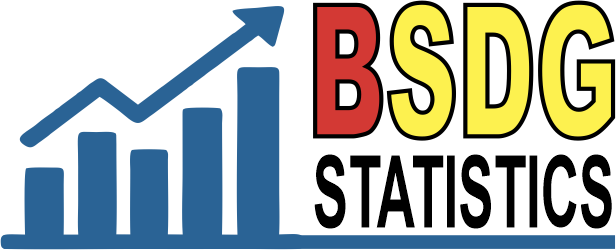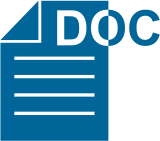PENDAYAGUNAAN MINERAL UNTUK MENJADI PERMATA
Abstract
Batu mulia atau permata adalah suatu mineral menarik yang ketika disayat dan dipoles dapat digunakan untuk perhiasan. Namun terdapat juga batuan-batuan dan bahan-bahan organik tertentu yang digunakan sebagai perhiasan sering dianggap sebagai permata. Sebagian besar permata yang berasal dari mineral ikutan dan mineral pembentuk batuan dikenal karena kekerasannya tetapi beberapa mineral lunak dapat juga didayagunakan karena kilapnya atau sifat-sifat fisik lainnya yang memiliki nilai-nilai estetika. Kelangkaan ditemukannya di alam merupakan karakteristik lainnya yang membuat permata menjadi sangat bernilai/berharga. Pemahaman tentang geologi, mula jadi dan keterdapatan sumber-sumber mineral permata seharusnya menjadi persyaratan; sehingga eksplorasi terhadap mineral tersebut di seluruh wilayah Indonesia dapat dilakukan secara tepat sasaran.
Downloads
References
A Macdonald Orbis Book, 1987. The Macdonald Encyclopedia of Rocks & Minerals, Macdonald & Co (Publishers) Ltd, Greater London House, hamstead Road, London NW1 7QX, 607 hal.
Bates, R.L., and Jackson, J.A., 1980. Glossary of Geology, Second Edition, American Geological Institute, Falls Church, Virginia, 749 hal.
http://en.wikipedia.org/wiki/Gemstone , 2008. Gemstone, 7 hal.
http://www.gemstone.org/gem-by-gem/english.html , 2008.
Hurlbut, C.S., and Switzer, G.S., 1979. Gemology, A Wiley-Interscience Publication, John Wiley & Sons, New York-Chichester-Brisbane-Toronto-Singapore, 243 hal.
Copyright (c) 2018 Buletin Sumber Daya Geologi

This work is licensed under a Creative Commons Attribution-NonCommercial-ShareAlike 4.0 International License.
Authors whose manuscripts are published agree to the following terms:
The publication rights of all journal manuscript materials published on the Buletin Sumber Daya Geologi website are held by the editorial board with the knowledge of the author (moral rights remain with the manuscript’s author).
The formal legal provisions for access to digital articles in this electronic journal are subject to the terms of the Creative Commons Attribution-ShareAlike (CC BY-SA) license. This means that Buletin Sumber Daya Geologi has the right to store, convert media/formats, manage in the form of a database, maintain, and publish the article without requesting permission from the author, as long as the author’s name is cited as the copyright holder.
Manuscripts published in both print and electronic formats are open access for educational, research, investigative, and library purposes. Beyond these purposes, the editorial board is not responsible for any violations of copyright law.















